Engine problems after touching the battery terminal with the ECM of my 1994-1995 BMW 325i
This article was made because we have had customers that ordered a performance chip for their 1993, 1994, or 1995 BMW 325i/525i, and after installing the chip they have accidentally touched the positive terminal of the car battery with the metal chassis of the DME, which is a ground. After that happening, the engine began having different problems, like very low idle, turning off by itself, low power, and so on. Such problems persisted even after replacing the DME (ECM or ECU).
Avoiding the problem from happening in the first place
The key here is to ALWAYS disconnect the car battery before doing any electrical work. Mostly if working with the DME, because the battery is in the path of the DME’s way out. Either inserting or pulling out the DME from its bay, there will be a hazard of touching any of the terminals of the car battery with the DME’s metal chassis. So please at least disconnect the negative terminal before doing any work.
Symptoms you will notice
If this has already happened to you and your car’s engine is having problems like the need of keeping it accelerated to prevent the engine from shutting off, or if it is very hard to start the engine when cold, or if the engine is consuming much more gas than normal, then do not replace the DME.
The culprit
Replacing the DME will not fix the problem. Even when you touched the battery terminal with the DME’s chassis and sparks could be seen flying around it was another part that got fried when that happened. It was the AFM (Air Flow Meter). On very rare occasions the DME could have sustained some damage because of the short circuit that occurred, but most of the time and I would say 99% of them, the problem will be a damaged AFM.
Interested in the full wiring diagram of the ECU connections of the 1994-1995 BMW 325i 2.5L?
(ALWAYS check your SPAM folder in case that you don't see the download in your inbox.)
Your information is safe with us. We take privacy seriously and DO NOT sell or share your information in any way.
Your data will only be used for sending the requested document(s) and for emailing any related information or material that we might offer in any future. If we do so, you will always be provided with a link for unsubscribing if you desire to do so.
A test you can do
To do a simple test, just disconnect the AFM connector and start your car. If the engine problems seem to go away or at least it is not as bad as before, then you can be sure that will need to replace the AFM, but not the DME or any other part.
What is the AFM
The AFM is a device used for measuring how much air is incoming into the engine, in this case, by volume. Such information is needed by the DME for doing calculations on exactly how much fuel to inject to the engine compared with the incoming air in different driving and environmental conditions and keep a proper air/fuel ratio (AFR) balance that way.
Location of the AFM
The AFM is located in the incoming air pathway between the air filter and the intake manifold and it has a rounded electrical connector. If you stand in front of the engine, you will find it at your right, near the intake manifold. Check the picture below as a reference.
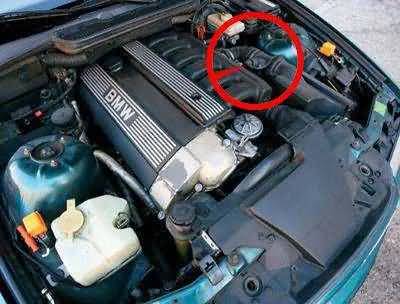
Below is a picture showing a couple of AFMs used in the 1993-1995 BMW 325i and 525i. To disconnect the 4-wire terminal of the flowmeter, twist its cover counter-clockwise (like opening a water bottle) and pull it out.
Below is an example of the 1993-1995 BNW 325i / 525i AFM module so you can have an idea of what it looks like.

Replacement
Locating a replacement AFM at affordable prices can be done by searching eBay or a recycled/refurbished parts shop. A new AFM will be expensive and will do exactly the same job as a good, used one.
Related articles
Installing a Chip on the 1993-1995 BMW 325i/525i

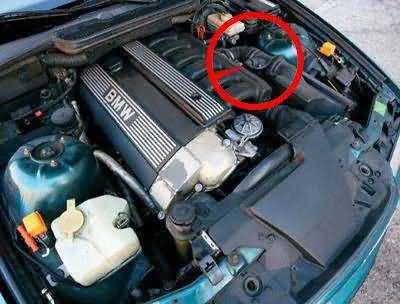
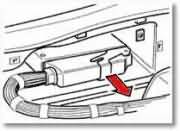
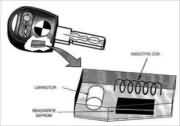

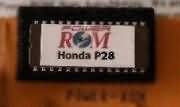

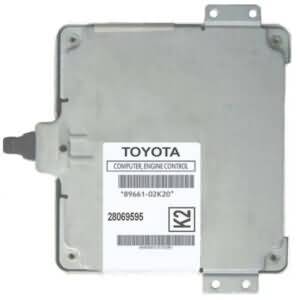
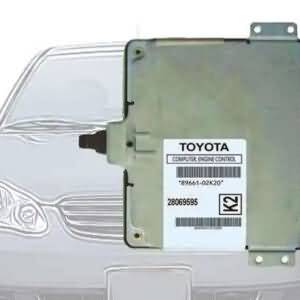

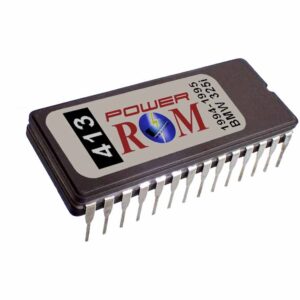

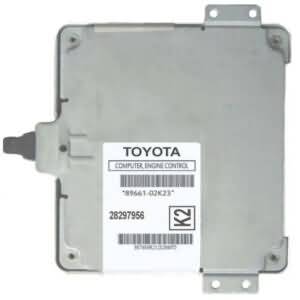

Hello Richard
I am a non mechanical female who has a BMW convertible 325i 1995
Unfortunately a mechanical male exposed the car to torrential rain with the soft top closed and consequently a massive amount of water seeped into the the floor of the car. Not the mechanic’s fault he said (although there was some tape over a part of the cover’s stitching) as I didn’t tell him it leaked.
The roof did open and close.
Moving on to another mechanic who replaced the battery (that was still under warranty ) but it claimed wasn’t holding the charge.
Having replaced the battery, the roof now has no connection to any electrical power and is consequently in a permanent open position.
The battery also goes flat within days of starting up the engine.
2 questions:
Could the whole system have been badly damaged by the water getting into the computer system if the system is on the floor?
Could the new battery ( and the old one) have been drained by the boot only being able to open when pushing down on the side panel near where the roof was not completeing the closing cycle ?
I would just like to have a bit of knowledge before retuning to the mechanic to make his diagnosis
Thank you
Lois
Hello Lois.
I am sorry to know what happened to your car.
About your questions:
-“Could the whole system have been badly damaged by the water getting into the computer system if the system is on the floor?”
The information I have is for the engine computer and it is located up to the level of the windshield wipers, so it is safe in this case. Unfortunately, I don’t have the information on the location of the other control systems like the one for the roof.
If all fuses check good, then I can only think of three things;
(1) As you mentioned, there could be water damage somewhere in the electrical system that controls the roof. If it is so, it could have corroded some connections to a point that there is no longer electrical continuity to such connections
(2) The roof needs to be reset after losing power while the battery was disconnected for replacement, or needs to be reset for any other reason. Check this video as an example of resetting the roof:
https://www.youtube.com/watch?v=_dezlApt-f8
(3) There could have been a problem when the battery was replaced. I mean, you did not mention if there are other electrical problems other than the roof, but could it be that the battery was briefly connected in reverse polarity when replacing it? It happens even to the best mechanics. I have seen it. It just takes a second of distraction while installing the battery and rapidly they realize of the error when sparks fly and pull back the wires surprisingly fast because of the adrenaline of the surprise of sparks flying out of a sudden.
Please note, I am not accusing your mechanic because it could be anything else. I am just basing my opinion on the provided details and even if reverse battery polarity was the case, you will never get a confession, trust me.
-“Could the new battery ( and the old one) have been drained by the boot only being able to open when pushing down on the side panel near where the roof was not completing the closing cycle ?”
No, not at all, unless it lights a bulb for example, and it is left on for a long time. A car battery that is in good condition, but draining in a relatively short time (1 or 2 days), it is certainly having a current leak caused by the circuit it is connected to. A damaged control module can cause this (damaged either by water damage, reverse battery polarity, or anything else).
A test for measuring current consumption must be performed by your mechanic. It is done by measuring with an ammeter (measures amperes) the current flowing directly from the battery with the engine and all equipment of the car turned off. In most cars, it should not go over 0.1 to 0.2 amperes. Drawing those current levels which are considered normal, the charge of a typical battery in good conditions will last around 10 to 12 days if the car is not started during that time.
I hope this helps. Please understand that these are only opinions as I am not physically near the car to check it and make tests.
Since she said the floor was flooded I would say it’s ground about where your feet are while sitting in car under carpet.